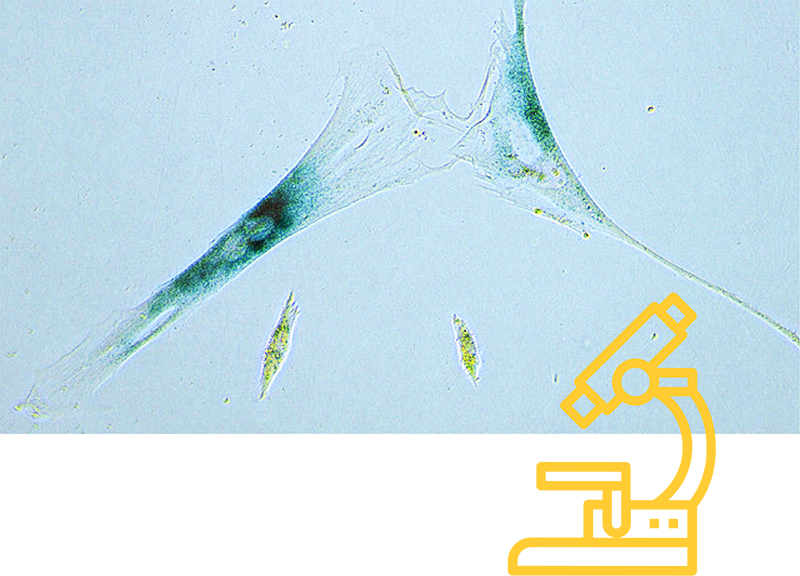
Research
COLLABORATIVE AND TRANSDISCIPLINARY AGING RESEARCH
Aging research includes target identification, medicinal chemistry, preclinical drug testing, and biomarker discovery. Research at the forefront of the aging field is now concentrated in the state of Minnesota, which accelerates progress and translation of these drugs into clinical practice. This rapid progress is achieved through collaborative research. The Institute on the Biology of Aging and Metabolism works with the other MDTs, and dozens of departments and centers across all UMN campuses including Biochemistry, Molecular Biology, Family Medicine and Community Health, Chemistry, Surgery, Medicinal Chemistry, Animal Science, Laboratory Medicine and Pathology, Neuroscience, Masonic Cancer Center and Center for Immunology. iBAM is an active participant in the University of Minnesota Consortium on Aging. In addition, MDT members share grants with Harvard, Albert Einstein University, University of Pittsburgh, University of Washington, Scripps Research, and the Mayo Clinic.
Members of iBAM participated in the discovery of a new class of drugs called senolytics, which selectively kill damaged, inflammatory senescent cells, which drive age-related diseases and aging. The drugs were discovered in 2015 and are already being tested in dozens of clinical trials including for frailty, Alzheimer’s disease, chronic kidney disease, idiopathic pulmonary fibrosis, and COVID-19.
Niedernhofer and Robbins helped with early planning of a novel clinical trial called Targeting Aging with Metformin (TAME). Metformin, a widely used generic diabetes drug, appears to extend the healthspan and lifespan of people with type 2 diabetes. It might be repurposed to help non-diabetics, too. TAME will test whether metformin can delay the onset of age-related diseases and conditions including cancer, cardiovascular disease, and Alzheimer’s disease. If successful, the trial will have the significant impact of encouraging the FDA to recognize aging itself as an indication—a condition that can be targeted therapeutically. This would open the door to more drug development research on aging.
Research Funding Spotlight

The National Institute on Aging provides funding with the Functional Multi-omics of Aging or T32 - FMATG Grant to certain researchers in iBAM and partners. This training program helps exceptional young scientists develop the intellectual and technical tools needed for productive careers as independent investigators and educators in aging research. Each trainee works under the supervision of a distinguished faculty member of the University of Minnesota. Training faculty laboratories also contain specialized analytical equipment that is commonly shared between Program faculty. In the last 13 years, we have seen great success in the program and look forward to the continued progress of our team.
Pillars of Aging

Senescence is a response cells have to stress. In response to stress, cells stop reproducing, rewire their metabolism, and send out alarm signals to tell the immune system to clear them out. Young bodies can easily handle this clean-up task, but in older ones, the damaged cells accumulate. This causes low-level inflammation and damage in the immediate environment of senescent cells, which in turn is known to promote diseases of old age and to drive aging itself.